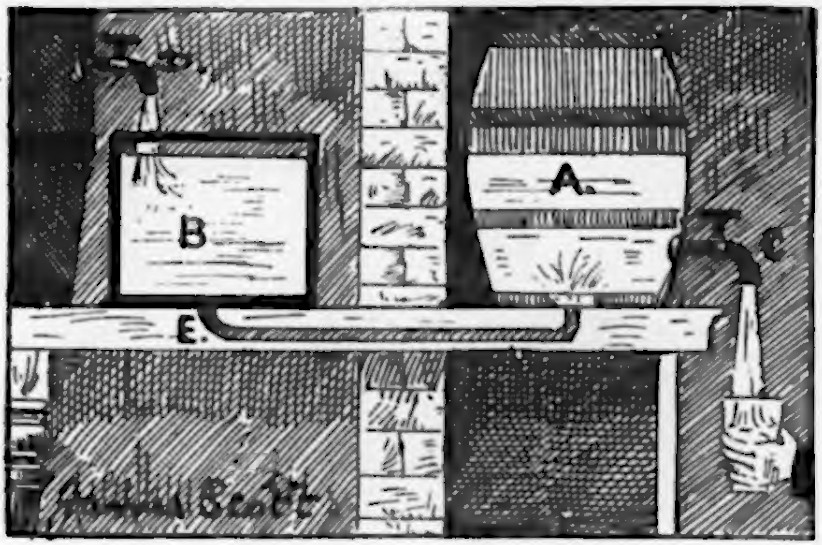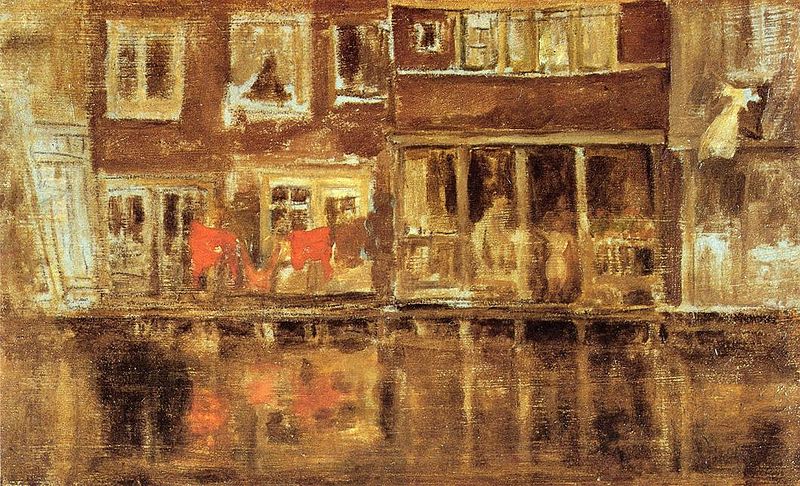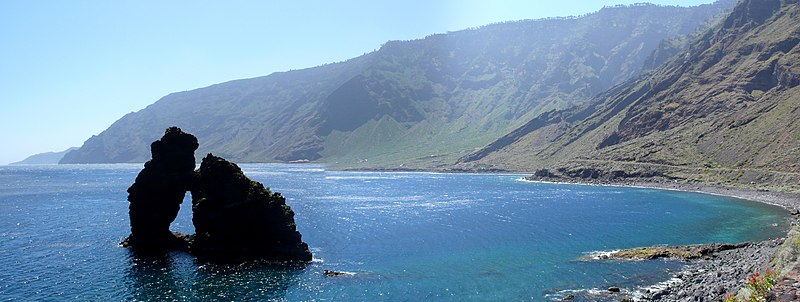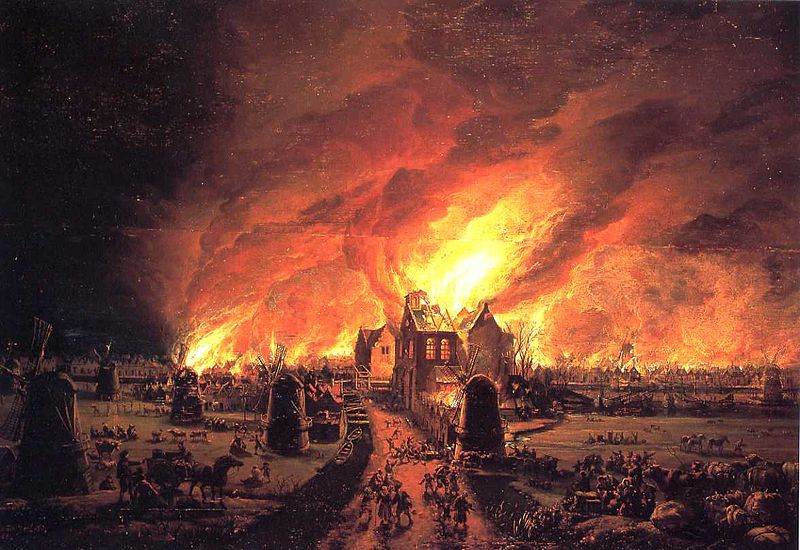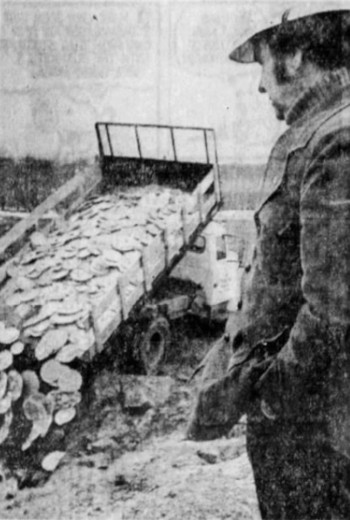
When the FDA ordered Ilario Fabbrini to recall 29,188 frozen cheese and mushroom pizzas in 1973, fearing a botulism outbreak, the Michigan pizza magnate went them one better: He buried the pies ceremonially in an 18-foot hole before a crowd of hundreds, including Michigan governor William Milliken.
“I admire your spunk and your spirit,” Milliken told him. “You are an example for businessmen all over the country who are facing tough problems. You are fighting back and I’m sure you will succeed.”
Fabbrini had hoped to make a virtue of necessity, giving up the pizzas but gaining at least some publicity and goodwill in the process. The recall was the largest of its kind to date in American history.
Unfortunately the FDA later ruled out botulism, which meant that the whole escapade had been needless.
Fabbrini sued his suppliers and eventually won the case, but Papa Fabbrini Pizzas went out of business in the early 1980s.

